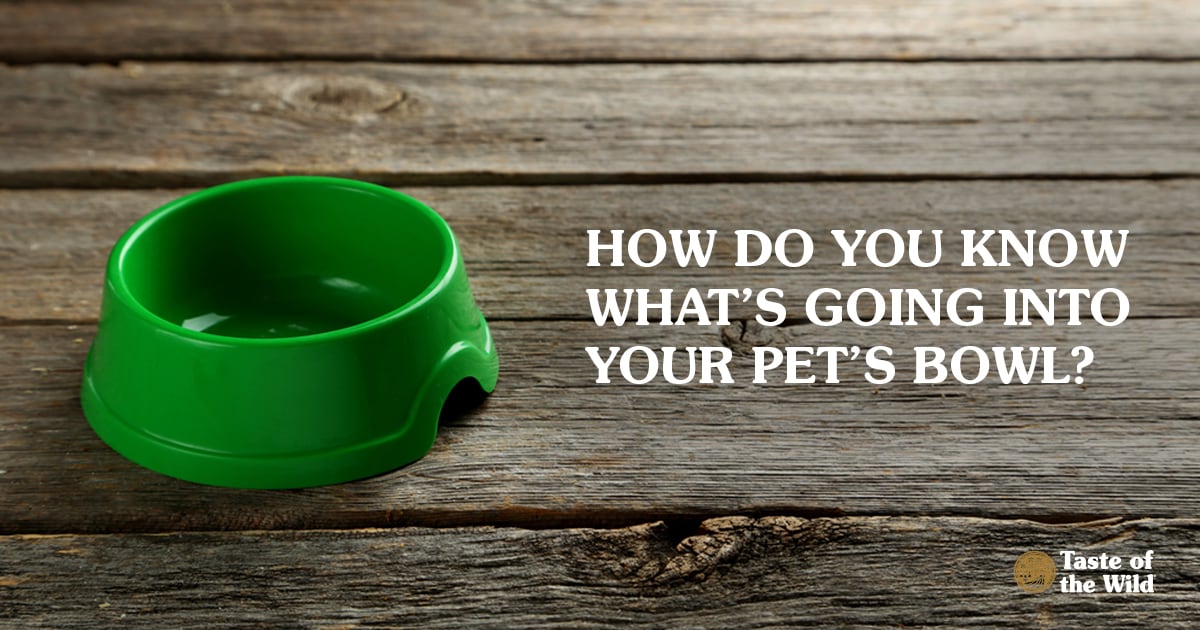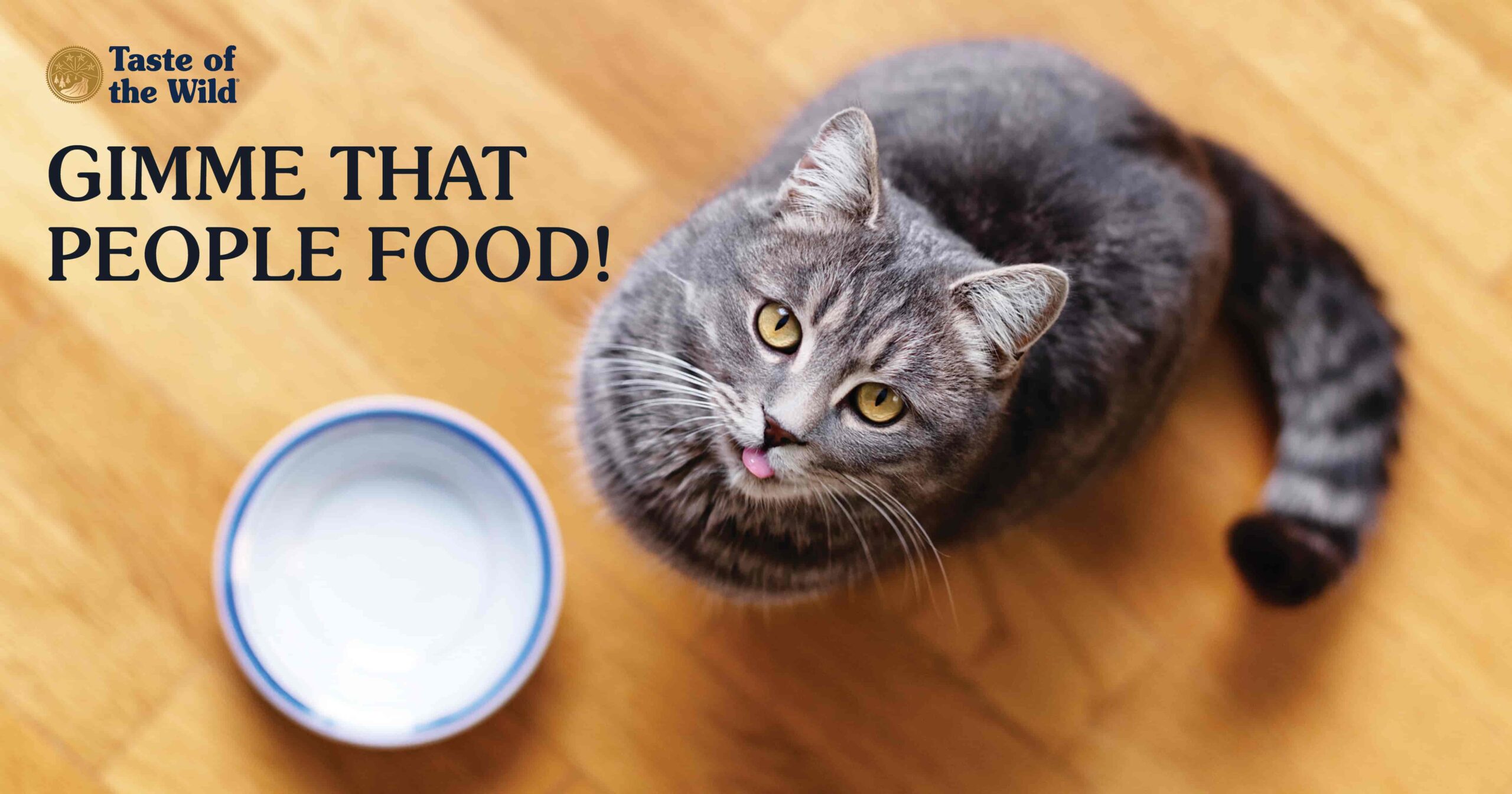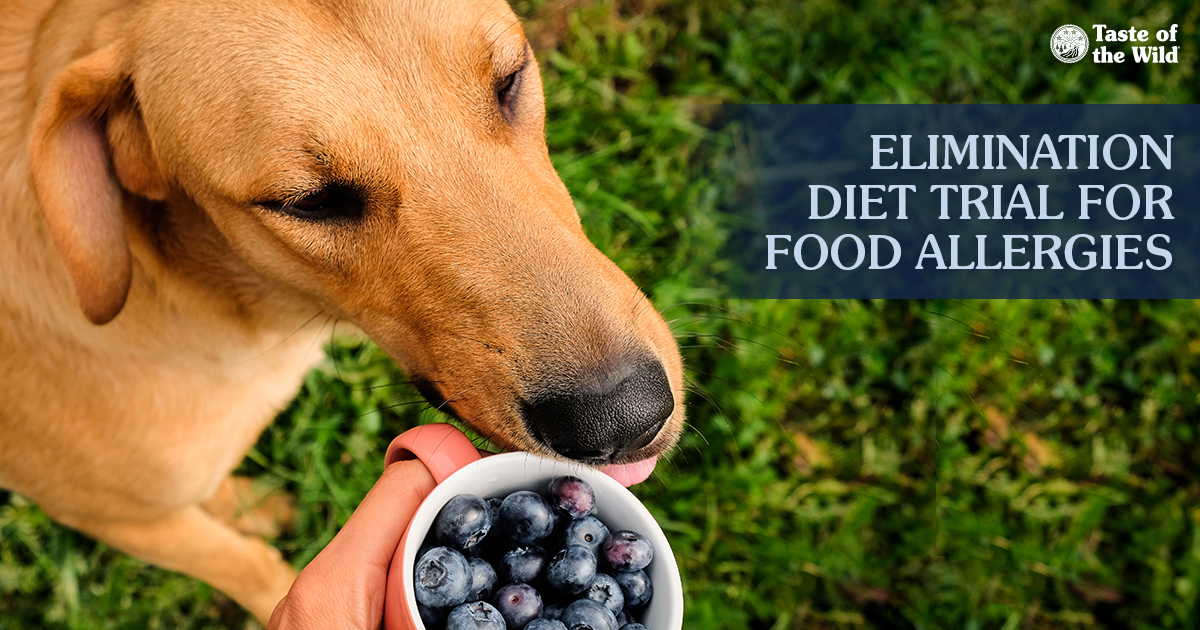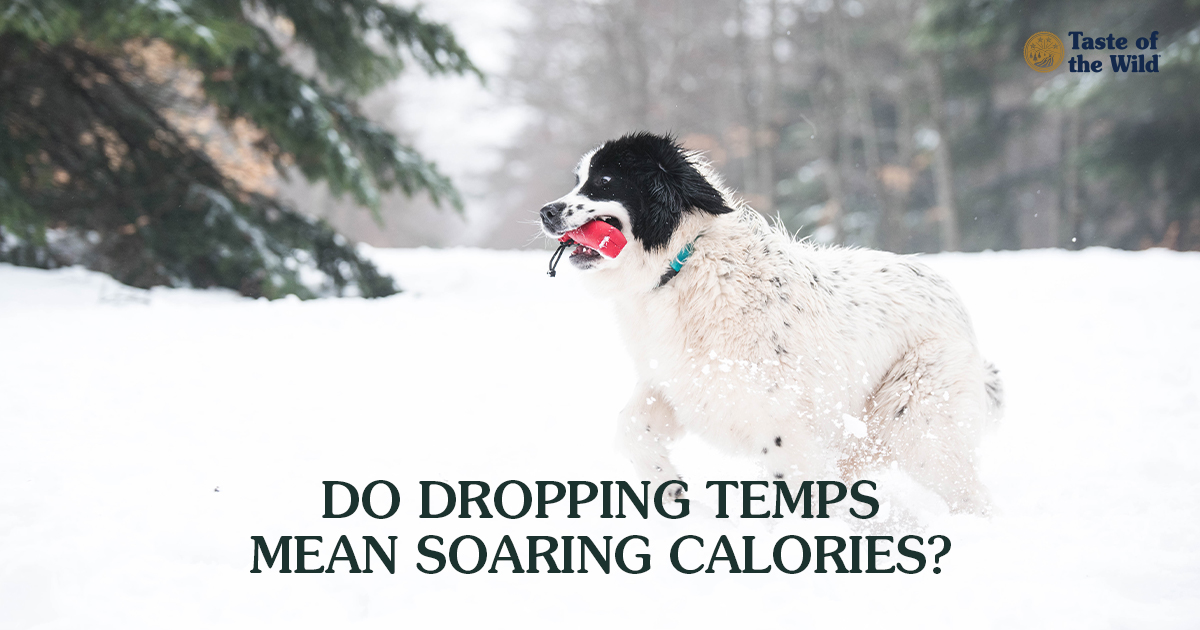Know What You’re Feeding Your Pet: Making Sense of Pet Food Labels
Thursday, June 2, 2016 | Nutrition

Walking down the pet food aisle — or aisles — in your favorite store can be an overwhelming experience. With thousands of options available, how do you know which food is right for your dog or cat? Reading the pet food label — and learning how to decode it — is a good place to start.
In this post, we’ll look briefly at what information is required on pet food labels. We’ll also identify which sections of the label many pet parents may be ignoring while placing too much emphasis on another.
Helpful, but limited, information for guiding pet food choices
The information found on pet food packages is either required or optional, and some sections are more helpful than others when choosing pet food. Under current federal and state regulations, all dog and cat food labels are required to include specific information stated in particular ways:
- Brand and product name
- Pet species (e.g., dog or cat) for which the product is intended
- Net weight of the food in the package
- Guaranteed analysis of specific nutrients
- Nutritional adequacy statement, which tells the type and pet life stage the product is suited for
- List of all ingredients in descending order by weight, including water
- Feeding directions, if the food is labeled “complete and balanced” or “100% nutritious”
- Calorie statement
- Manufacturer’s or distributor’s name and address
- While pet food labels are factual, they’re also used to capture your attention in order to provide additional information about product features and benefits.
Nutrients, not ingredients
If you’re like most pet parents, you look first at the ingredient list when choosing a pet food. All ingredients used in a pet food recipe are listed in order of their weight, so ingredients with high water content — fresh meats and vegetables, for example — are listed before similar amounts of dry ingredients (such as lamb meal or duck meal).
We strive to provide honest and accurate information about the ingredients used in Taste of the Wild recipes. But it’s also important to remember that our furry friends require and thrive on nutrients, not ingredients. Ingredients supply nutrients; they also provide mouth feel or texture, enhance flavor and preserve freshness.
Where do you really need to look?
According to Lisa Freeman, DVM, PhD, a board-certified veterinary nutritionist at Tufts University, the two most useful pieces of information on a pet food label are the nutritional adequacy statement and the manufacturer.
The nutritional adequacy statement, which is usually found in small print on the back or side of a pet food package, confirms three important facts:
- Whether the food is complete and balanced, or intended for sporadic or supplemental feeding.
- For which life stage the food is intended.
- How the company determined the food is complete and balanced.
You also want to choose a pet food made by a reputable and knowledgeable company that follows strict quality control protocols. While the name and address of the food manufacturer or distributor is required on the pet food label, you may need to do some homework to learn more about the company and their food safety system. The answers to these questions should sway your choice of pet food:
If the cat or dog food is determined to be complete and balanced by using AAFCO nutrient profiles rather than feeding trials, is that determination made by formulation or by analysis of the finished food?
Taste of the Wild recipes are determined to be complete and balanced by formulation, which is supported with testing of the finished food to verify the presence of key nutrients.
Where is Taste of the Wild pet food made?
Taste of the Wild dog and cat foods are made in one of five manufacturing facilities, all located in the United States.
What specific quality assurance measures are used to ensure consistency and quality of ingredients and the final pet food?
Because it matters what you feed your pet, we work hard to ensure that the production of all of our recipes adheres to strict quality and safety standards. To learn more about how the quality of Taste of the Wild pet food is assured, check out this information.
The information in this blog has been developed with our veterinarian and is designed to help educate pet parents. If you have questions or concerns about your pet’s health or nutrition, please talk with your veterinarian.




